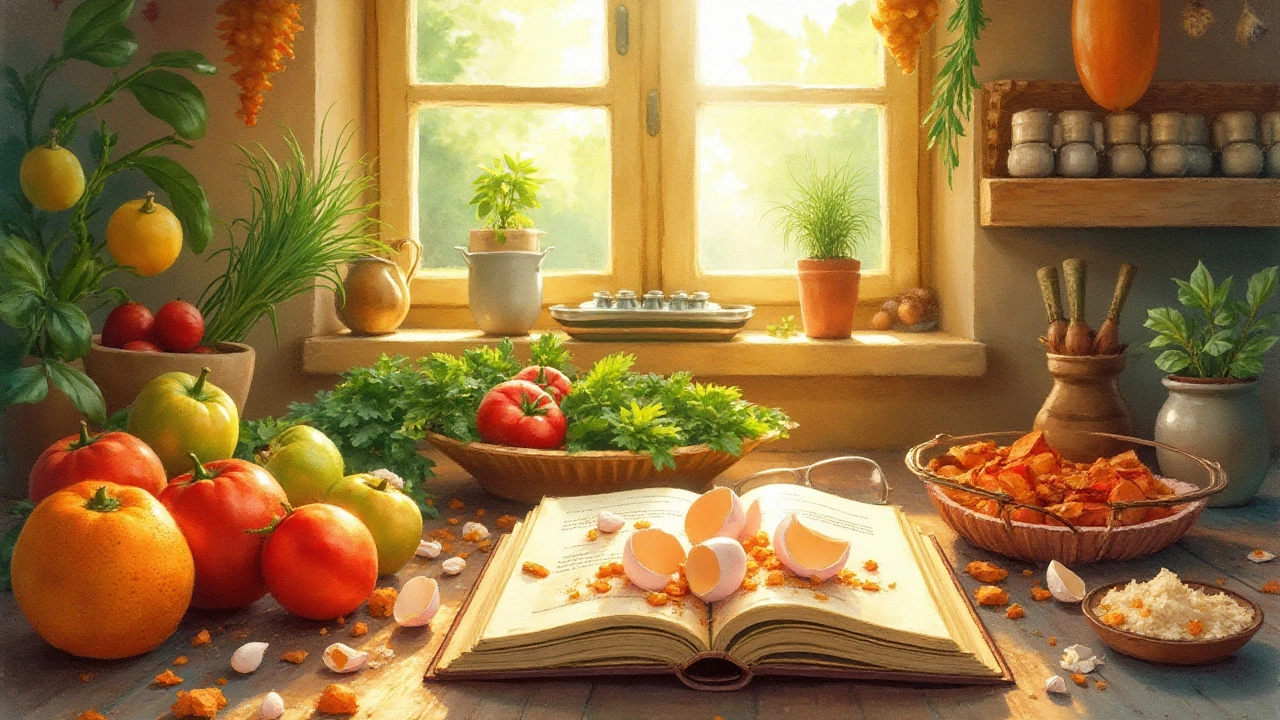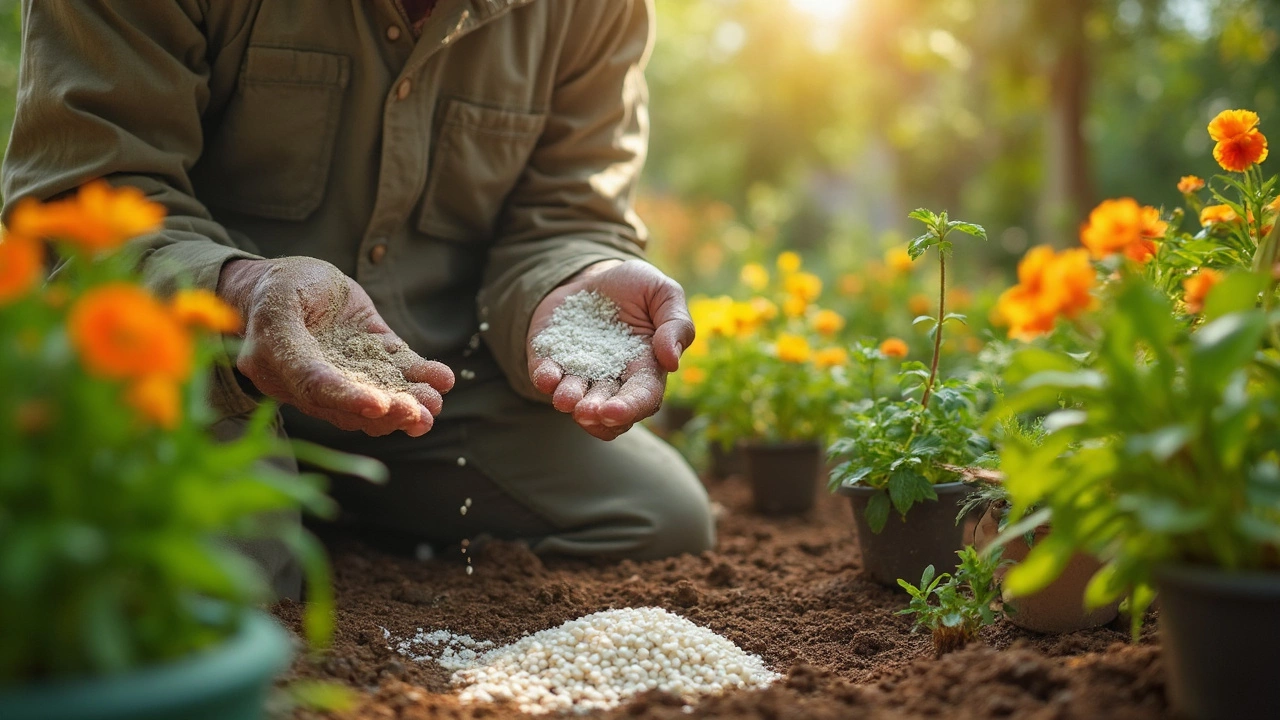Compost: The Backyard Boost for Healthy Soil
When working with Compost, a decomposed mix of organic matter that enriches soil and reduces waste. Also known as organic compost, it transforms kitchen scraps and garden clippings into a nutrient‑rich amendment that supports plant growth.
Soil health, the overall vitality of the soil ecosystem, measured by structure, biology, and nutrient balance is the first thing you’ll notice when you start using compost. Compost improves soil health by adding organic carbon, boosting microbial activity, and loosening compacted layers. Healthier soil means better water retention, stronger root systems, and higher yields – a win‑win for any gardener.
But compost can’t magically appear; it organic waste, any biodegradable material such as fruit peels, yard trimmings, or coffee grounds that you feed it. The process requires a steady supply of these materials, balanced with air and moisture. A simple kitchen‑bin collection system or a garden‑yard pile keeps the feedstock flowing without adding extra trips to the store.
How you turn that waste into usable compost matters, too. Composting methods, techniques like hot composting, vermiculture, or trench composting that dictate speed, temperature, and labor involved each produce different nutrient profiles. Hot composting speeds up breakdown and kills weeds, while vermiculture yields a fine, worm‑rich product ideal for seedling trays. Choosing the right method for your space and time influences the final quality of the amendment.
Many gardeners pair compost with mulch to lock in moisture and suppress weeds. Mulch acts like a blanket, letting the compost work underground while protecting surface soil from harsh sun or rain. This combo creates a micro‑climate that favors beneficial microbes, further enhancing soil health.
Applying compost is straightforward: spread a 1‑2 inch layer over garden beds and work it into the top few inches before planting. For established plants, a light top‑dressing around the root zone feeds them throughout the season. The result is greener foliage, earlier fruit set, and fewer chemical inputs.
Common pitfalls include a smelly pile, compacted layers, or too much nitrogen‑rich material. Keep the mix balanced—about 2 parts brown (dry leaves, straw) to 1 part green (kitchen scraps). Turn the pile every week to introduce oxygen, and monitor moisture so it feels like a wrung‑out sponge. Quick fixes like adding shredded newspaper for browns or a splash of water for dryness keep the process on track.
Now that you understand what compost is, why soil health matters, how organic waste fuels the process, and which composting methods suit different needs, you’re ready to explore the practical guides below. Below you’ll find articles that dive deeper into watering container gardens, rehydrating dry soil, no‑till tricks, and other tips that let you make the most of your compost‑enhanced garden.
Eggshells in Compost: Green or Brown Material?
In composting, understanding the type of waste you are handling is crucial for efficient decomposition. Eggshells, often seen in our kitchen waste, pose the question of whether they belong in the green or brown category of compost materials. This article explores the role eggshells play in the composting process, their benefits, and how to best incorporate them into your compost pile. Discover interesting tips on maximizing their effectiveness in creating rich, fertile compost.
- manufacturing
- India
- food processing
- garden tips
- rice cultivation
- government schemes
- balcony garden
- urban gardening
- balcony gardening
- profitable business
- business ideas
- plastic manufacturing
- drip irrigation
- plant care
- steel manufacturing
- sustainable gardening
- startup ideas
- steel industry
- flower gardening
- textile manufacturers






